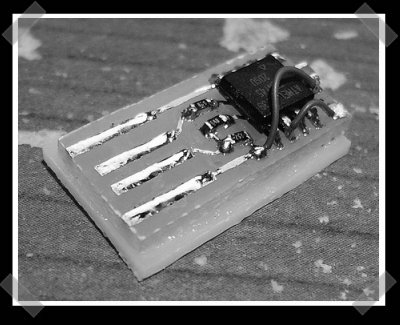
This is one of the most original April fools gags I’ve seen. [Garrett] sent in his USB caps locker. It’s built from an ATTiny45 and puts out an intermittent signal to set the caps lock key. Considering what day it is, it appears to be legit. After you’re done screwing with your co-worker for the day, you might be even more interested in the easylogger project that it’s based on.
Author: Will O'Brien805 Articles
DIY Heated Vest/clothing
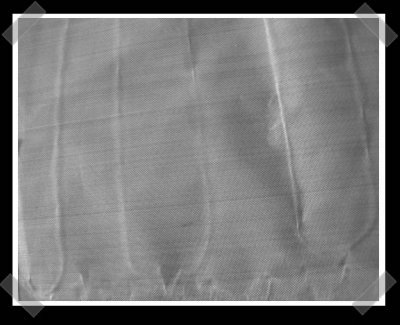
[Jared] sent in his experiment in building his own heated vest for motorcycle riding. He used some of the ever so common enamel coated wire and some surplus teflon tape in place of Teflon coated wire. So far he’s been testing things out with a bench power supply, but it seems to be working. Despite my love of building my own stuff, I’d probably just pony up for a commercial product. His site is hosted on his DSL, so I’ve put up a mirror here. (with some tweaks to the thumbnails to make them load faster.)
PCB Milling Hell Sunday Extra
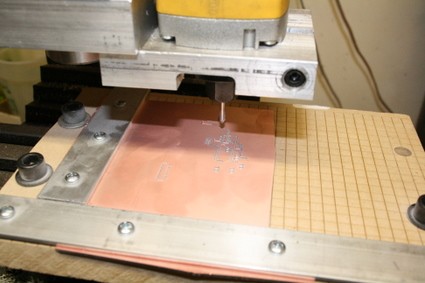
I’ve spent about 18 of the last 24 hours working on milling a PC board for my upcoming how-to. So far I’ve murdered several copper clad boards, built a hold down table, redesigned the board in eagle at least five times and snapped off a $15 half round engraving bit.
If you’re wondering, my new board milling table is a piece of MDF that I laser etched a .25″ grid onto, then added some aluminum strips to act as hold-downs. On the side of the strip opposite the board, I put thin slices of PC board to level out the hold downs. As usual, I’m building the board in eagle. To turn the board into something the mill can handle, I’m using pcb-gcode, a nice little g-code generation tool for eagle. I may switch methods later, but if I can get the settings tweaked, it’ll make my design to board milling process very fast.
[Scott] sent in the beginning of his attempt to build a frequency detector. He’s started out with just simple LCD matrix. Nothing intensely interesting just yet, but I like it when people send in stuff they’re working on.
If you haven’t checked out the Arduino yet, do it. It’s the easiest micro controller dev platform I’ve seen. If you’ve got one, now you can hook up a Wii-Nunchuck to it. If you like smaller and cheaper, check out [ladyada]’s boarduino.
[eliot] wanted me to mention this video on hacking drive through speakers. It’s a bit cheesy – and all I could think of was Thunder Run – where the geek character swapped the crystals in the CB radios. (Warning, The FCC might have some expensive words for you if you get caught.) Update: this is what you get if you don’t watch the entire video and catch the joke about taking apart toasters.
Tomorrow I should be picking out some winners for my laser etched laptop (or whatever) offer. You can still win some free etching time! Just send in a tip! The winners are selected from the ones that get published on Hack-A-Day.
In-cable Guitar Preamp
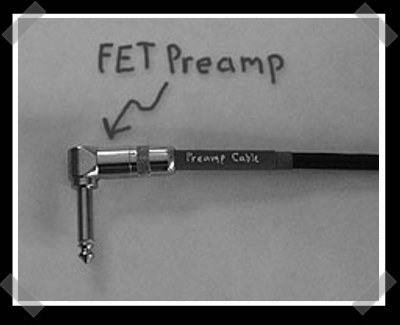
[Bryan] sent in this old but excellent guitar cable hack. [J. Donald Tillman] managed to fit a fet based pre-amp inside the 1/4″ connector of a guitar cable. It’s phantom powered – so it’ll leach power from the sound board/mixer. I’m just impressed that he fit the thing inside there.
On a side note, This is the kind of crap that gives hackers a bad name. I hope the jerks behind it end up as Soylent Green.
Reverse Engineering The Novint Falcon
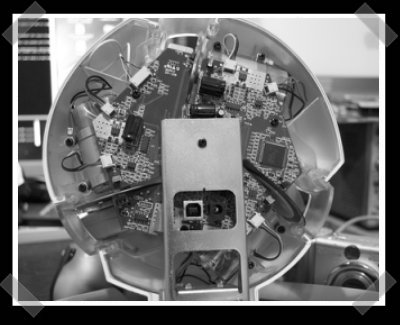
[qDot]’s been spending alot of time with the Novint Falcon haptic controller. He’s put together a ‘brain dump’ of everything he know about the device – and some notes on his efforts to put together his own software library for the thing. I’m definitely interested in the parallel robotics platform that it appears to be based on.
Nixie Tube VU Meter
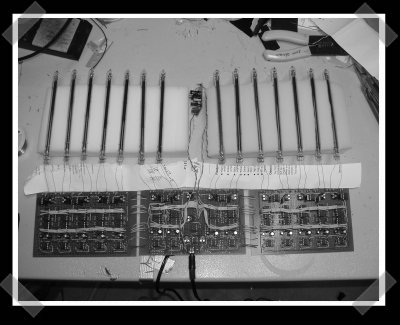
[Daniel] sent in his Nixie tube VU meter. It uses 14 Russian IN-13 Nixie bar-graph tubes. He built a custom circuit to amplify, filter, smooth and feed a voltage divider to assign signal levels to segments and finally some high voltage transistors to drive the tubes. The circuit looks pretty big, but it’s repeated for each tube – so he worked hard to keep the cost down as much as possible. Now this just needs to live on the front of a massive tube amplifier.
Cat-5 Ethernet/Serial/PoE To Your Wireless Router
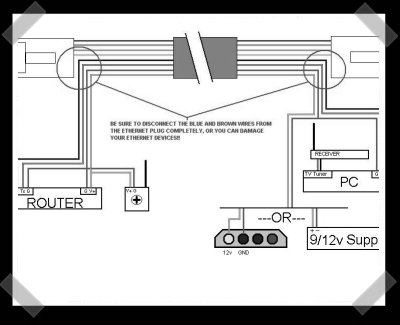
Adding PoE(Power over Ethernet) just wasn’t good enough for [steve]. Not only does he have power running over his Cat-5, he shared the ground wire and used the remaining pair to add a serial console to his rooftop mounted wireless router. Nice.










